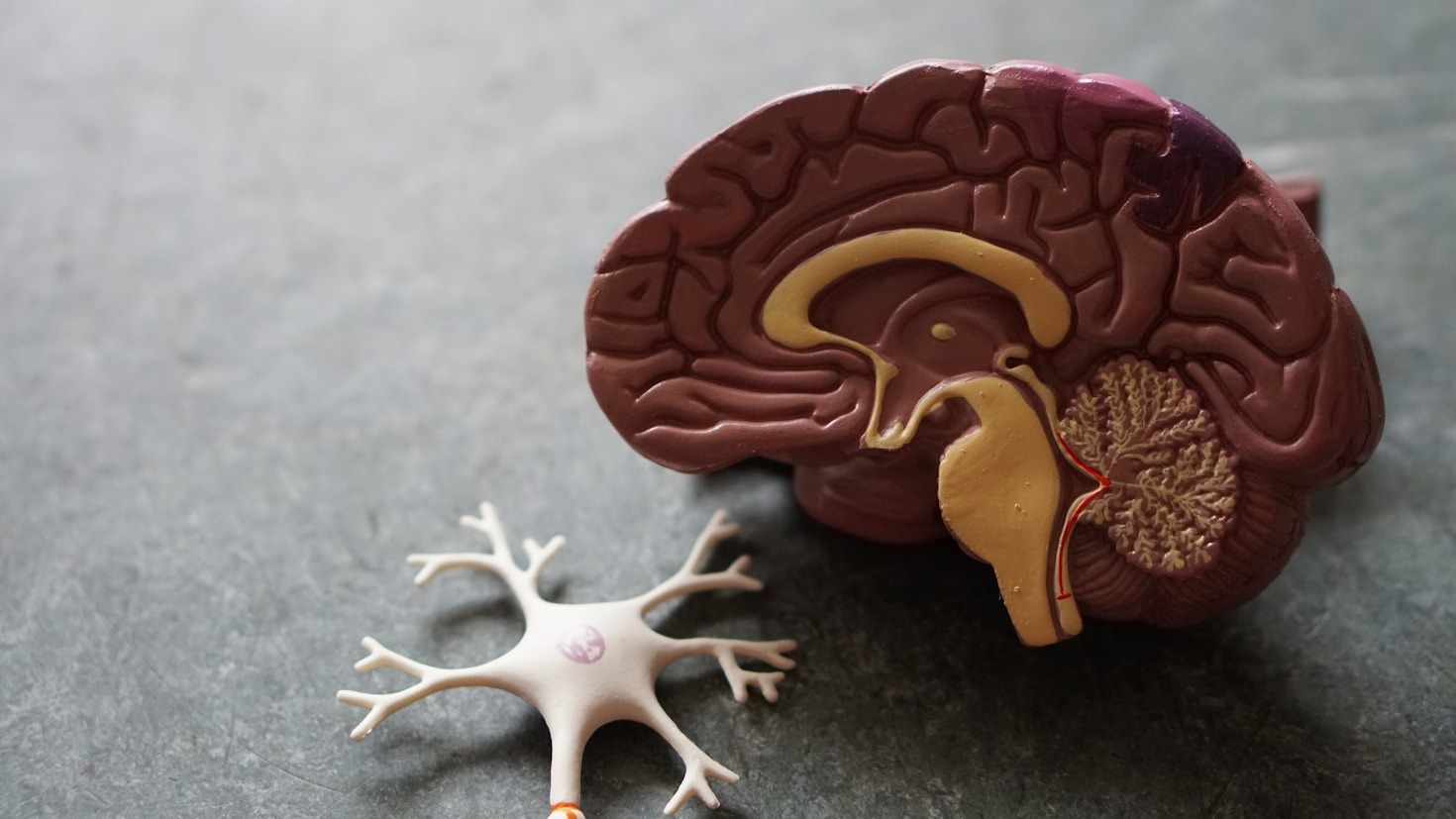Breaking Down the Aging Process Step-by-Step
Introduction
Aging is a gradual process that affects every system in the body, from the skin and muscles to the brain and organs. While aging is inevitable, understanding how it happens step by step can help us make better lifestyle choices to slow its effects and improve longevity.
This article takes a step-by-step look at the aging process, explaining the key biological changes and how they impact health over time.
Step 1: Cellular Aging Begins (20s-30s)
The aging process starts at the cellular level long before visible signs appear. In the early adult years:
- Cells start accumulating damage from environmental factors (pollution, UV radiation, poor diet).
- Telomeres (protective caps on DNA) begin shortening, leading to slower cell regeneration.
- Collagen production slows down, causing the first subtle signs of skin aging.
- Metabolism begins to decline slightly, making weight management harder.
✅ What Helps?
- Antioxidant-rich diet (fruits, vegetables, nuts).
- Regular exercise to maintain muscle mass and metabolism.
- Sun protection to prevent premature skin aging.
Step 2: Early Signs of Aging (30s-40s)
As we enter our 30s and 40s, aging becomes more noticeable:
- Fine lines and wrinkles appear as collagen and elastin levels drop.
- Metabolism slows further, increasing fat accumulation.
- Bone density starts to decline, raising the risk of osteoporosis.
- Muscle mass decreases, leading to reduced strength if exercise is neglected.
- Hormonal shifts begin—especially for women, with lower estrogen levels affecting skin, metabolism, and mood.
✅ What Helps?
- Strength training to preserve muscle mass.
- Balanced diet rich in calcium and vitamin D for bone health.
- Hydration and skincare with retinol and hyaluronic acid.
Step 3: Midlife Aging (40s-50s)
By the 40s and 50s, the aging process accelerates:
- More noticeable skin aging – loss of firmness, deeper wrinkles, and dryness.
- Increased risk of chronic diseases – diabetes, heart disease, and arthritis.
- Cognitive changes – minor memory lapses and slower processing speed.
- Menopause (in women) and testosterone decline (in men) lead to changes in metabolism, energy, and mood.
✅ What Helps?
- Healthy fats (avocados, olive oil, omega-3s) to support brain and heart health.
- Regular brain exercises (puzzles, learning new skills) to maintain cognitive function.
- Weight-bearing exercises to strengthen bones and prevent fractures.
Step 4: Advanced Aging Signs (60s-70s)
Aging becomes more pronounced as major body systems slow down:
- Loss of muscle and mobility – weaker joints, increased risk of falls.
- Weakened immune system – making infections and diseases more common.
- Vision and hearing decline – higher risk of cataracts and hearing loss.
- Memory challenges – higher likelihood of neurodegenerative diseases like Alzheimer’s.
✅ What Helps?
- Social engagement – staying connected reduces dementia risk.
- Regular physical activity to maintain strength and flexibility.
- Heart-healthy diet to reduce stroke and heart disease risks.
Step 5: Late-Stage Aging (80s and Beyond)
By the 80s and beyond, the body has undergone significant aging-related changes:
- Severe muscle loss (sarcopenia) affects mobility and independence.
- Cognitive decline accelerates in some individuals.
- Increased frailty and higher fall risk.
- Slower healing and recovery times.
✅ What Helps?
- Assisted mobility aids and fall prevention measures.
- A nutrient-dense diet to maintain energy and immune function.
- Cognitive stimulation through reading, puzzles, and social interactions.
Can We Slow Down Aging?
While aging is unavoidable, research suggests we can slow it down by focusing on:
🔬 Cellular Repair – Antioxidants, intermittent fasting, and senolytics.
🏋️ Physical Fitness – Strength training, flexibility exercises, and daily movement.
🧠 Brain Health – Continuous learning, mindfulness, and socialization.
🥦 Nutrition – Whole foods, healthy fats, and adequate hydration.
By taking preventive measures, it’s possible to extend lifespan and maintain quality of life well into old age.
Conclusion
Aging happens step by step, but healthy habits can slow the process and reduce its negative effects. Understanding how the body changes over time empowers us to make smarter lifestyle choices that promote longevity and well-being.




Leave a Reply